Why Core Web Vitals Matter More Than Ever for High-Performing Websites

Introduction
The internet keeps evolving. Websites have evolved and are no longer limited to static content. Many are now built like applications, known as Single Page Applications (SPAs). These sites look sleek and fast, but they also bring new challenges.
Google has long used Core Web Vitals to check how users experience a site. They highlight key aspects of performance, including loading speed, interactivity, and visual consistency. However, the challenge is that conventional tools often fail to track performance within SPAs. That gap can affect search rankings and SEO audits for even high-performing websites.
Google Chrome is currently testing the Soft Navigations API, a new solution designed to measure SPA performance more precisely. Here’s a breakdown of what this means and why it should matter to you.
Summary
1. What Are Core Web Vitals?
2. Why SPAs Have Been a Blind Spot
3. Enter the Soft Navigations API
4. What’s New With This API?
5. Why This Matters for SEO and High-Performing Websites
6. How to Test the New API
7. Things to Keep in Mind
8. Looking Ahead: The Future of Core Web Vitals for SPAs
1. What Are Core Web Vitals?
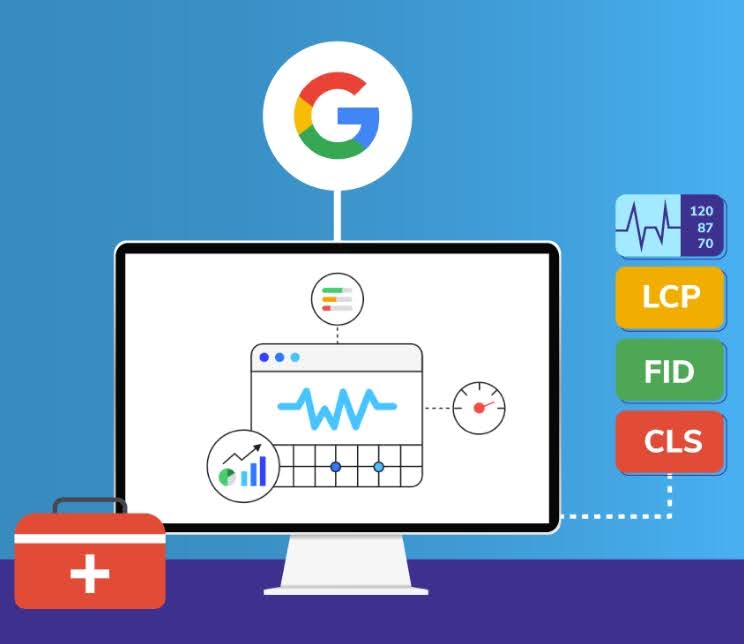
Launched by Google, Core Web Vitals represent an important set of metrics for measuring how websites perform. They measure how real users experience a website. The three main ones are:
- Largest Contentful Paint (LCP): How quickly the biggest piece of content loads.
- Cumulative Layout Shift (CLS): How stable a page is when loading.
- Interaction to Next Paint (INP): How responsive a page feels when users interact.
For a site to be considered a high-performing website, these numbers need to stay within Google’s recommended ranges. The better your scores, the better your users’ experience—and the better your SEO chances.
The problem? These metrics often miss critical performance data in SPAs.
2. Why SPAs Have Been a Blind Spot
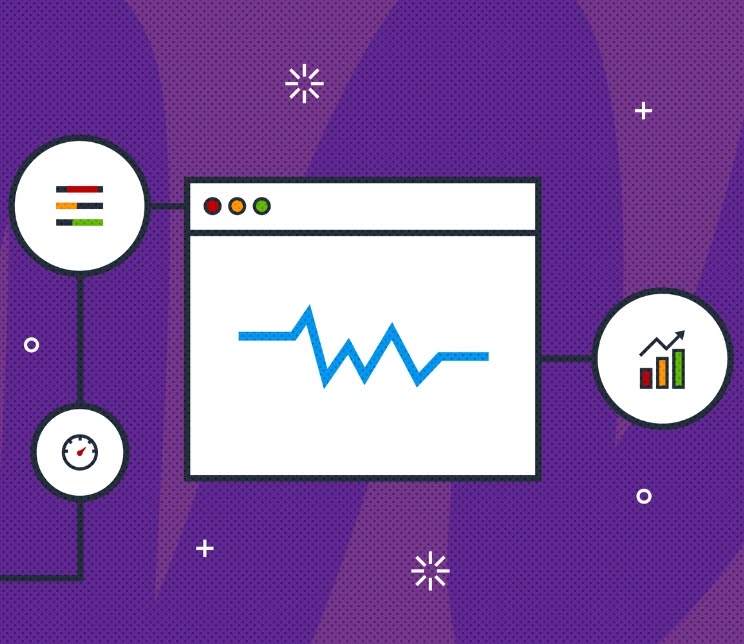
SPAs are designed to load content dynamically. Instead of fully reloading a page, they use JavaScript to update parts of it. This makes the experience feel smooth and app-like.
But here’s the issue: tools like Lighthouse, Chrome UX Report (CrUX), and many real user monitoring scripts rely on full page loads to track Core Web Vitals. Since SPAs skip reloads, these tools often don’t notice what’s happening behind the scenes.
That means your site could look fast and smooth to visitors, but still score poorly in audits hurting your SEO even if your site is actually high-performing.
3. Enter the Soft Navigations API
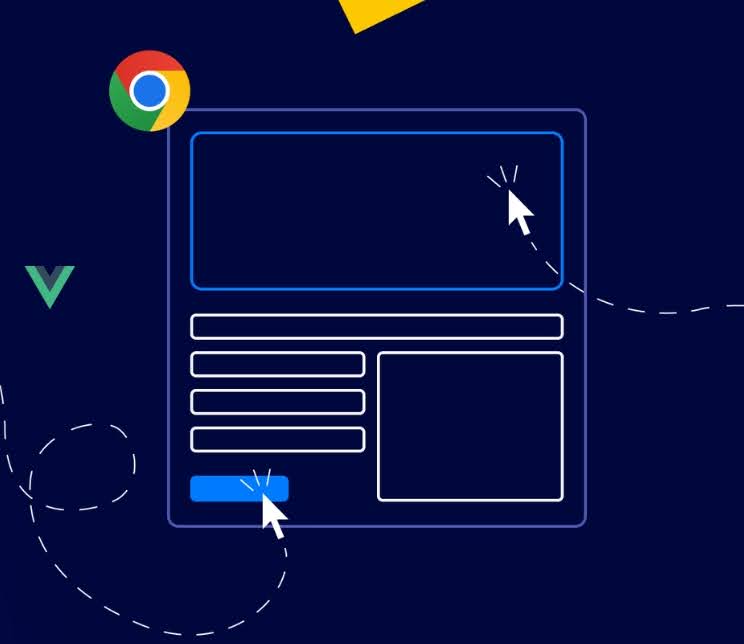
Chrome’s new Soft Navigations API is designed to fix this problem. Starting with Chrome 139, developers can join an origin trial to test it out.
The API looks for signals that show a “soft navigation” has happened. For example:
- A user clicks a link inside the app.
- The URL changes, even though the page doesn’t reload.
- The DOM (page structure) changes, and something new is painted on screen.
Once these conditions are fulfilled, Chrome considers the update as an actual navigation. This means Core Web Vitals like LCP, CLS, and INP are recorded correctly even without a full reload.
4. What’s New With This API?
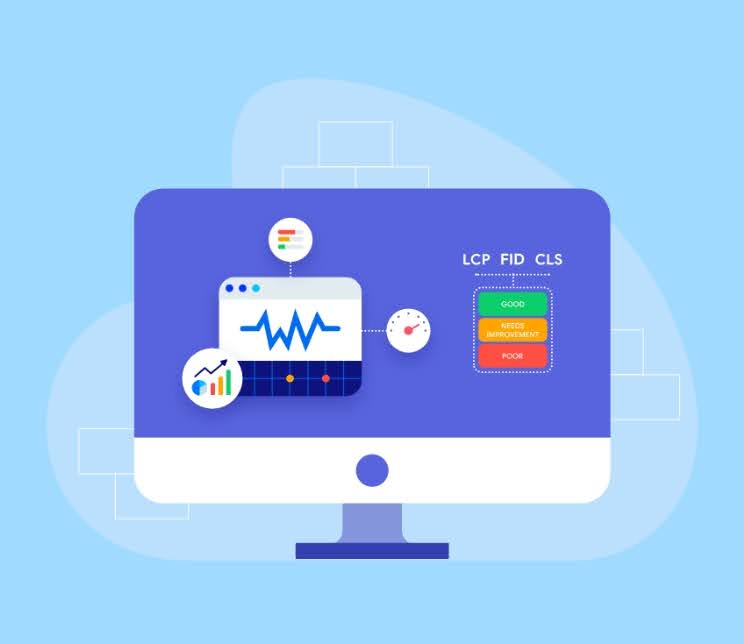
The Soft Navigations API introduces several important upgrades:
- Interaction Contentful Paint (ICP): Lets you measure the largest content paint after a soft navigation.
- Navigation ID: Every soft navigation now gets a unique ID. This helps tie performance metrics to specific navigation events, even if the URL changes mid-session.
- Extended Metrics: Layout shifts, event timings, and INP can now be tracked across soft navigations.
In simple terms, it gives developers and SEO experts a clearer picture of how users truly experience a site, especially complex SPAs.
5. Why This Matters for SEO and High-Performing Websites

Search engines reward high-performing websites that deliver smooth user experiences. But if your Core Web Vitals are not tracked correctly, your site might look worse to Google than it really is.
For SPAs built with frameworks like React, Vue, or Angular, this has been a long-standing problem. SEO audits may flag them as slow or unstable, even when users find them fast and easy to use.
With the new API, this blind spot gets smaller. You’ll have more accurate data to guide improvements, track real-world experiences, and prove to Google that your site deserves strong rankings.
6. How to Test the New API
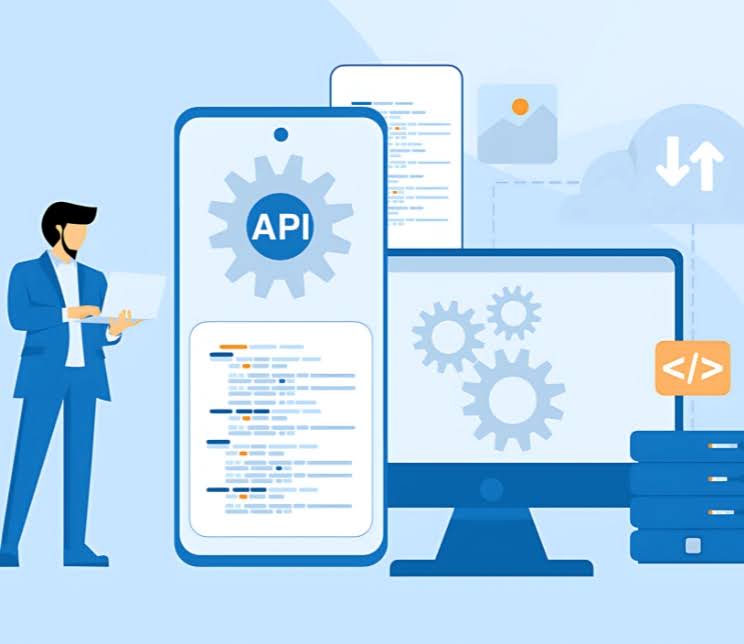
You don’t have to wait for full rollout. Developers can test the API today in two ways:
- Local Testing: Go to chrome://flags/#soft-navigation-heuristics in Chrome 139 and enable the feature.
- Origin Trial: Add a special token to your website using a meta tag or HTTP header. This lets you collect real user data from the field.
For best results, Chrome suggests enabling the Advanced Paint Attribution flag. This gives you deeper insights into what triggers paint during navigation.
7. Things to Keep in Mind
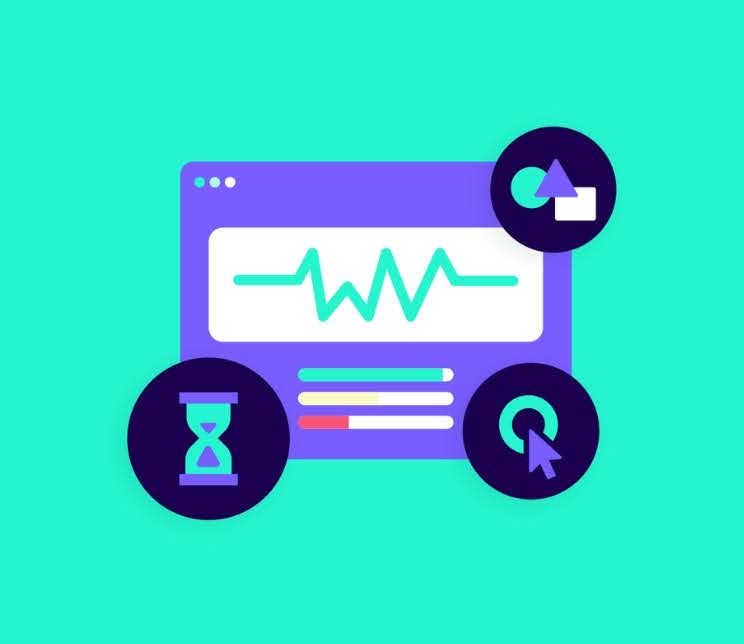
Since this feature is still experimental, there are some caveats:
- It only works in Chrome 139 and newer. Other browsers may not support it yet.
- Your Real User Monitoring (RUM) provider may need to support new fields like navigationId and interaction-contentful-paint.
- Some tricky cases, like automatic redirects or replaceState(), might not count as navigations.
As Barry Pollard from Chrome put it:
“Test it on your app and share feedback if it fails to identify soft navigations correctly.”
So testing and feedback are key right now.
8. Looking Ahead: The Future of Core Web Vitals for SPAs

This origin trial is only the first step. If successful, the Soft Navigations API could become a permanent part of Chrome’s performance measurement tools.
Eventually, it might even integrate with the Chrome UX Report (CrUX). That would make Core Web Vitals more accurate across the web, especially for sites that rely heavily on JavaScript frameworks.
For businesses and developers, this is great news. It means SEO rankings, audits, and user experience reports will better reflect reality. And for users, it means smoother, faster, and higher-performing websites overall.
FAQs:
Q.1. What are Core Web Vitals?
A.1. Google uses these core metrics to assess a website’s loading speed, interactivity, and stability.
Q.2. Why are SPAs difficult to measure?
A.2. Because SPAs update content with JavaScript without reloading the whole page, traditional tools often miss performance changes.
Q.3. What is the Soft Navigations API?
A.3. With this update, Chrome can detect ‘soft navigations’ in SPAs and record Core Web Vitals with greater accuracy.
Q.4. How can I test this feature?
A.4. In Chrome 139, you can turn it on through flags or participate in the origin trial by adding a token to your website.
Q.5. Will this impact SEO rankings?
A.5. Yes, a better measurement of Core Web Vitals means Google can more accurately evaluate your site. This can improve SEO for SPAs that were previously undervalued.
Conclusion
Core Web Vitals are no longer optional. They are part of Google’s ranking signals and directly influence SEO success. For SPAs, measurement gaps have been frustrating. But with the new Soft Navigations API, we are closer to fair and accurate performance tracking.
If you run a modern web app, now’s your chance to test this tool. Try it, share feedback, and prepare for the future. Because when it comes to search visibility and user trust, only high-performing websites win.
Reach out today at (917) 503-1133 or head to https://srutatech.com/ to see how we can design a website that delivers real growth for your business.

